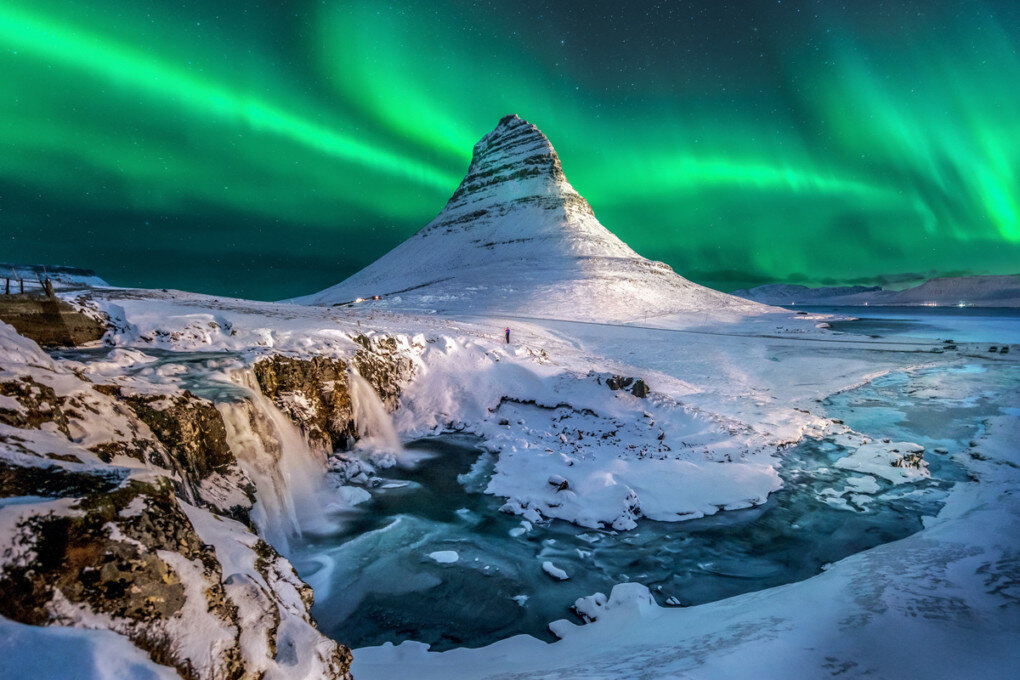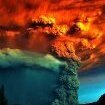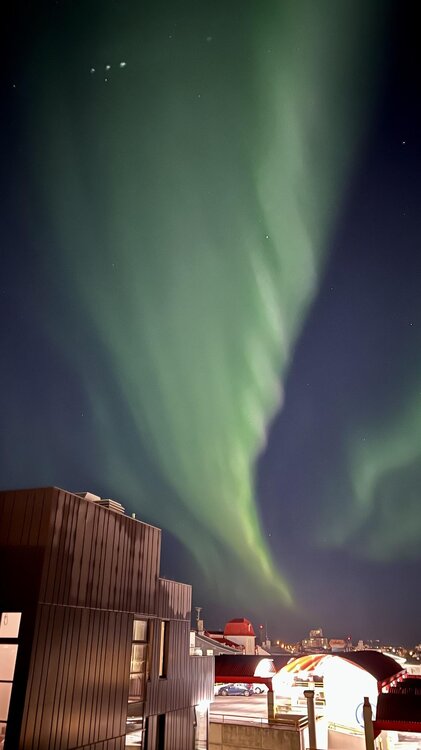-
Posts
1,580 -
Joined
-
Last visited
Content Type
Profiles
Blogs
Forums
American Weather
Media Demo
Store
Gallery
Everything posted by Volcanic Winter
-
I was saying “kill me” internally while typing that.
-
I got down to 31F overnight, was surprised. Pinelands microclimate ftw.
-
I’m taking my wife into New England (location undetermined at this point) for a little hiking and wining / dining trip for my birthday in February (love having an early Feb bday). Was hoping to possibly catch a glimpse at that fabled white substance. At this rate we’ll have to go to the Canadian border (in Maine) or the summit of Mt Washington…
-
-
The inability of people to comprehend this is still astounding to me. All I'll say on the subject.
-
Blizzard of 96 is my first vivid “snow memory,” with the exception of my parents taking me to Vermont when I was four years old for a ski trip (mostly for them, lol). Definitely remember going outside in central Monmouth where I grew up to snow up to basically my chest. To be honest, I have nothing but wonderful snow memories throughout my childhood and teenage years. I don’t necessarily remember which storm was which, but I never felt or thought snow was “rare.” It was something we expected to have yearly, and I have memories of piles of snow in our driveway persisting into spring. That seems foreign lately.
-
I actually feel like the climate change stuff is rather simple as per the physics involved. We’re adding thermal energy into the atmosphere at a tremendous rate. Boom, done. What else is there to discuss? It’s not political nor is it arguable. It’s not about blame. The Industrial Revolution did its job, and we just didn’t know a hundred years ago. But we know now, right? Now it’s time to figure it out and come together to make sure Volcanic Winter on AmericanWX forums still has cold and snow in winter to fetishize. I’m feeling a little overly thawed right now…
-
It’s of course safer to have minimal to zero expectations pretty much uniformly around the forum right now, but there’s next to zero chance IMHO the models have this system fixed correctly yet. Reading all forums and all points of view, this is definitely a “keep the caution flags up but wait” type deal for a few more days at least.
-
Skewed by higher infant/childhood mortality.
-
Honestly for us in the northeast? Iceland. 5 hour flight from EWR, October to end of March. Best time IMO is late October through November. Long nights and generally not “full” winter there if you’re not especially interested in dealing with harsh snow and windstorms (the latter being what will actually shut the roads down), though Iceland can get severe squalls and whatnot as early as September even. Weather there is generally luck of the draw. But they’re always in the game to see an aurora almost nightly, barring cloud cover. On my two week trip end of Oct into November we saw the lights 8 nights total, but we also were rather lucky this trip. Over four trips there, the worst we did was three nights over a ten day trip. Some people go and never see them, though that seems especially unlucky or you’re not trying “correctly.” Sometimes have to stay outside for a few hours to maximize chances without cutting away and “checking back” because that’s often how you miss them. Sometimes they’ll flare up for 10-15 minutes and then disappear for the rest of the night. Plainly visible right in Reykjavik this evening.
-
Gotta agree for now not to get too hung up on OP swings. NE thread meteorologists staying more optimistic about this for now, verbatim the OP shows a disaster for them as well. Nothing else to add but the obvious, let’s just see what happens.
-
The Capital Region in the southwest recorded -20C readings recently, and the interior southwest was colder than the North. Very unusual for Iceland, at least AFAI understand their climate after four trips there. The North is insanely gorgeous though.
-
I wanted to go back so bad to experience their coldest Dec in a hundred years, you have no idea. Was almost begging my wife. We missed the onset by a couple weeks. Snow in Reykjavik is actually less common than here and the capital roads were even crazy and covered. We toured the north and while there was plenty of snow and cold, it wasn’t nearly as cold as it can get there even in November. And I think by now you know my almost fetishistic feelings on cold weather lol.
-
It sucks that the MJO may not be a magic bullet, but I’m grateful to continue learning about how it influences our weather. We can’t deny that if a decently strong amplitude cold phase of the MJO isn’t starting to register on the models in the form of even normal temps, that maybe it’s not capable of driving the pattern at the moment. Of course I’m hoping this changes. I want to break my good down parka back out I put away after Xmas in exchange for dry fit polos.
-
Yup, likely to be the first large eruption known to feature surface warming tied back to it. The only other exceptions are flood basalt eruptions, which are entirely different and separated temporally by millions of years. I had some fleeting hopes other elements could win out and produce some favorability, but in reality that water vapor signal might be completely overpowering. You can’t deduce this stuff regionally as even severe volcanic-affected climate years have significant regional variability, but looking at what’s going on with Europe (although Eastern Europe is going to freeze soon) makes me wonder. Can’t wait until more is published about this. Edit: Just found this which I actually haven’t read before: Might be illuminating with respect to this topic, though they’re using Krakatoa 1883 as a baseline. That eruption was significantly larger (roughly 3x) and injected an extreme amount of typical volcanic aerosols that produce cooling, unlike HTHH which most notably injected water vapor. So the conclusion may be based off an entirely different type of eruption. Still interesting.
-
Enjoy the flakes guys, hoping it over-performs for you.
-
Again I don’t know atmospheric physics well enough to answer this, but could the unprecedented stratospheric water vapor injection from Hunga Tonga last Jan be altering the tropical forcing in unexpected ways? Most large eruptions do NOT output as much water vapor, it’s unprecedented in the historical era. IF that has any hand, I would be somewhat concerned as the water vapor stays lofted longer than the 2-3 years of volcanic aerosols.
-
I skimmed the study but don't have time to dig much deeper, it's very interesting. Do you know though if/how they account for the strength of the MJO wave, and what impact that has? Would be my only obvious question. Thanks.
-
Only thing I’m counting on is continued learning and hopefully, eventually a surprise or two. Thanks for weighing in.
-
Would love to read Bluewave’s take soon as well. I’m returning home from work early today with 68 on the Tempest and lots of darker cloud cover. No doubt that’s stopping me from the 70 mark right now.
-
68 on my Tempest at the TR Manchester border. My AccuWeather App is showing 64 here at work west of EWR. Pretty gross. To me, enjoy it guys if this is your thing.
-
It’s rough, man. There’s truth to the statement that we’ve been “trolled” by favorable storm depictions that evaporate in the shorter medium term. It’s a bitter pill, you know? I like you though MJO812, you keep the faith going because it rubs off on me sometimes. I don’t like taking a defeatist attitude about this stuff. Winter certainly isn’t over on Jan 4th no matter what it shows right now. Might be an uphill battle, but I have to believe this is not going to be a wall to wall shutout. Statistically of course they’re rare.
-
I never minded him, truly. At least he would mostly back his takes up with analyses. He always came across as pretty sharp, to me. I guess it comes down to tact/tone with some posters.
-
Tip in the NE forum gave an excellent analysis of how the MJO can vacillate between more or less impactful as a driver of the overall pattern. He definitely said it was not in a “constructive” state as of December. Unsure how that changed moving forward in time, but at least WRT the models it doesn’t seem as if they’re sniffing out any MJO help.
-
Not sure whether to laugh or cry, so I just gave you a like. It stinks how much this one week torch sucked the life out of winter. I totally get that many don’t appreciate sharp cold without snow, but at least for me Dec was kinda fun. Had a winter to deep winter vibe and I finally got a cold Xmas. Every year I hope for that and I finally got something even beyond my best expectations. The day before Xmas Eve when the front pushed through was *crazy*, and at least I got to see some flakes fly with the dramatic temp drop as I was heading home from work. It really felt like Dec could be the start of an interesting winter. Can’t overemphasize it, we just need to get on the board. The area at least. Will go a long way to improving the vibe.








